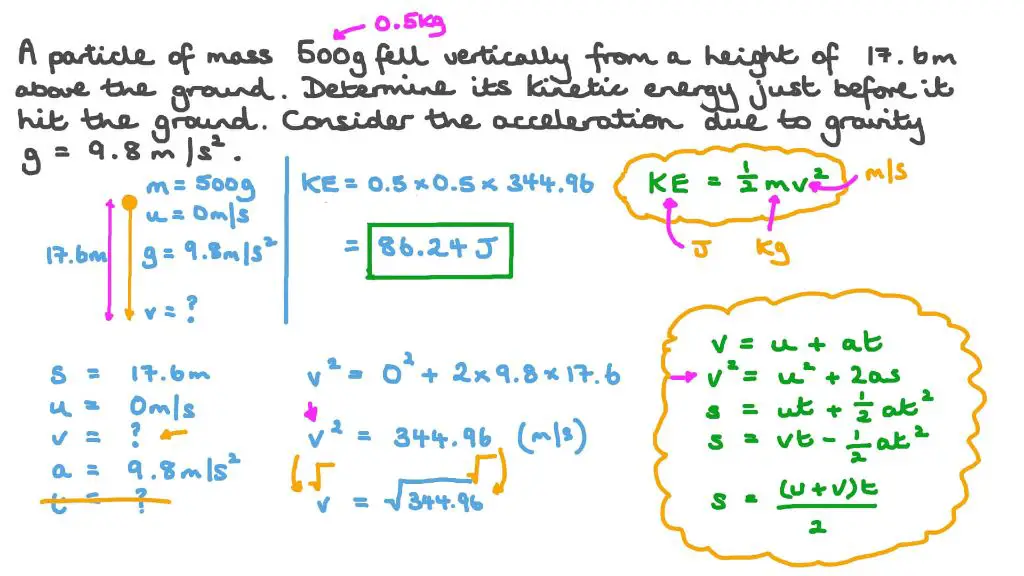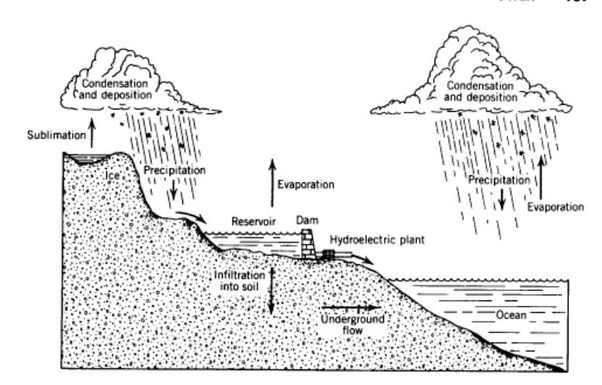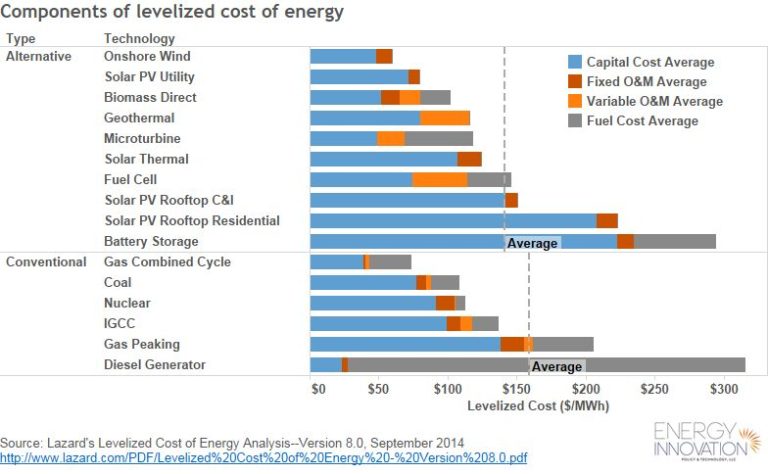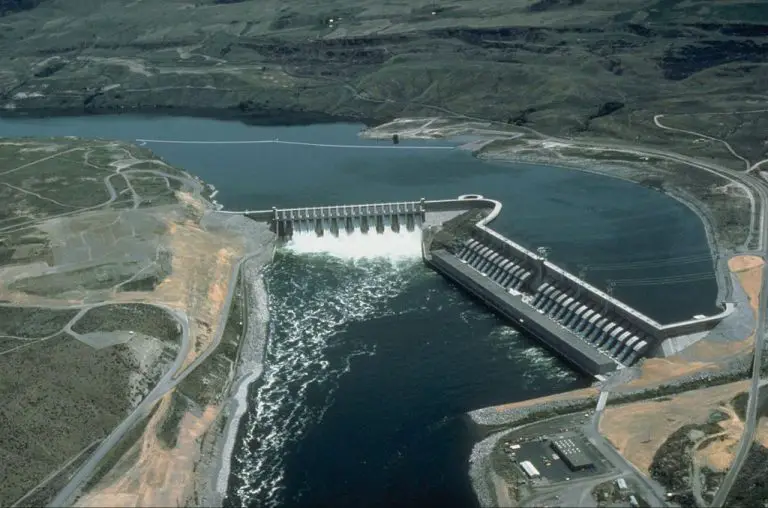At Which Time Is The Kinetic Energy Highest?
Defining Kinetic Energy
Kinetic energy is the energy an object has due to its motion. It depends on the object’s mass and velocity. The kinetic energy of an object is directly proportional to its mass and the square of its velocity. This means that heavier objects moving at high speeds will have large amounts of kinetic energy.
The formula for calculating kinetic energy is:
Kinetic Energy = 0.5 x Mass x Velocity^2
In this formula, mass is measured in kilograms (kg) and velocity is measured in meters per second (m/s). The 0.5 is a constant that is derived from physics principles.
Some key points about kinetic energy:
- Kinetic energy increases as mass increases, since the mass is multiplied in the formula.
- Kinetic energy increases exponentially as velocity increases, since velocity is squared in the formula.
- An object must be in motion to have kinetic energy. A stationary object has no kinetic energy.
- The faster an object moves, the more kinetic energy it has.
Understanding these basic principles of kinetic energy is key to calculating and comparing the kinetic energy in different types of motion.
Calculating Kinetic Energy
Kinetic energy is calculated using the formula:
KE = 1/2 x m x v2
Where:
- KE = Kinetic Energy (in Joules)
- m = Mass (in kg)
- v = Velocity (in m/s)
This formula shows that kinetic energy is dependent on two variables – the mass of the object and the square of its velocity. This means that increasing either the mass or the velocity results in a disproportionate increase in kinetic energy.
Let’s look at some examples calculating kinetic energy:
- A 2kg object moving at 4m/s has a kinetic energy of:
KE = 0.5 x 2 x 42 = 16 Joules
- A 5kg object moving at 2m/s has a kinetic energy of:
KE = 0.5 x 5 x 22 = 10 Joules
This shows that even though the lighter object has higher velocity, the heavier object has greater kinetic energy due to its larger mass.
Factors Affecting Kinetic Energy
Kinetic energy increases proportionally with an object’s mass and the square of its velocity. This means that a more massive object moving at the same speed as a less massive object will have greater kinetic energy. Doubling an object’s mass will double its kinetic energy if its velocity stays the same. However, doubling an object’s velocity will increase its kinetic energy by a factor of four if its mass remains unchanged. This quadratic relationship between velocity and kinetic energy is due to the work-energy theorem.
Some examples help illustrate how kinetic energy changes based on mass and velocity:
- A 2 kg object moving at 5 m/s has 50 J of kinetic energy. If its mass is doubled to 4 kg at the same velocity, its kinetic energy doubles to 100 J.
- A 5 kg object moving at 5 m/s has 125 J of kinetic energy. If its velocity is doubled to 10 m/s at the same mass, its kinetic energy increases to 500 J.
- An object with a mass of 10 kg and velocity of 5 m/s has 250 J of kinetic energy. If both its mass and velocity double, its kinetic energy increases fourfold to 1000 J.
These examples demonstrate that while increasing mass and velocity both boost kinetic energy, velocity has a greater exponential effect due to the squared relationship in the kinetic energy equation.
Kinetic Energy in Vertical Motion
When an object is moving vertically, such as when an object is dropped or thrown straight up, the kinetic energy will vary throughout the motion. Kinetic energy depends on the object’s mass and velocity. As the object falls, it accelerates due to gravity, gaining speed and velocity. As the velocity increases, the kinetic energy increases.

The kinetic energy will reach its maximum at the instant just before the object hits the ground. This is because velocity reaches its maximum at the end of the fall right before impact. Since kinetic energy depends on the square of velocity, doubling the velocity quadruples the kinetic energy. Therefore, the high velocity achieved after falling a distance results in the kinetic energy being at its highest point.
On the other hand, the kinetic energy will be lowest when the object reaches its maximum height. At the peak of the upward motion, the object will come to a brief stop before falling back down. At this instant, the velocity is zero. With zero velocity, the kinetic energy is also zero at that point. Any kinetic energy during the upward motion was converted to gravitational potential energy at maximum height.
In summary, in vertical motion under gravity, kinetic energy is highest at the end of a fall due to maximum velocity. Kinetic energy is lowest at the maximum height where velocity is momentarily zero.
Kinetic Energy in Projectile Motion
When an object is launched into projectile motion, its kinetic energy is highest at the initial launch point. This is because the object has its maximum velocity at launch, before being slowed by gravity. As the object travels along its trajectory, the gravitational force continuously acts to slow it down, thereby decreasing its velocity over time. Since the kinetic energy of an object is directly proportional to the square of its velocity, this decrease in velocity results in a continuous reduction of the object’s kinetic energy.
Specifically, the kinetic energy will be highest at the origin point, before the object has traveled any horizontal or vertical distance. As soon as the object leaves the launch point, gravity begins decelerating it in the vertical direction, causing the velocity and kinetic energy to immediately start decreasing. The kinetic energy continues to drop as the object rises upwards to the peak of its trajectory. By the time the object reaches the maximum height, its vertical velocity has reduced to zero, and so the kinetic energy from the vertical motion is at a minimum.
As the object falls downwards under gravity again, it regains vertical velocity and kinetic energy in the downward direction. However, since some velocity was lost fighting gravity on the way up, the object never regains its full initial kinetic energy. The kinetic energy at the lowest point is more than at the peak height, but still lower than at launch. This demonstrates why for any projectile motion, the kinetic energy is always greatest at launch before gravity drain it away over the trajectory.
Kinetic Energy in Circular Motion
When an object moves in a circular path, its kinetic energy varies based on its position along the path. This is because the velocity of the object is constantly changing – it speeds up and slows down as it goes around the circle.
The kinetic energy is highest when the object is at the bottom of the circular path. This is because at this point, the object has its maximum velocity. As it starts to move upwards along the circle, it slows down due to gravity, causing its kinetic energy to decrease.
The kinetic energy reaches its minimum when the object is at the top of the circular path. At this point, the velocity momentarily drops to zero as the object changes direction to start moving downward. With zero velocity, the kinetic energy is also zero at the top of the circle.
As the object starts descending, it speeds up again under the influence of gravity. Its velocity and kinetic energy increase until it reaches maximum at the bottom of the circle again.
Therefore, in circular motion, the kinetic energy oscillates between a maximum at the bottom and a minimum at the top of the path as the object’s velocity increases and decreases.
Kinetic Energy in Simple Harmonic Motion
In simple harmonic motion, an object oscillates back and forth between two extreme points called the amplitude. Kinetic energy varies throughout this oscillatory motion.
Kinetic energy is highest when the object is at the equilibrium or midpoint of the oscillation. This is because the object is moving at its maximum velocity at this point, while acceleration and displacement are zero. Since kinetic energy depends on the square of velocity, the high velocity results in maximum kinetic energy.
On the other hand, kinetic energy is lowest when the object reaches the amplitude or extreme points. At these points, the velocity is zero while displacement is maximum. With no velocity, the object has no kinetic energy at the amplitude positions.
So in summary, kinetic energy peaks at the center equilibrium point and drops to zero at the maximum amplitude positions in simple harmonic motion.
Comparing Kinetic Energy in Motions
We can compare the trends and values of kinetic energy across different types of motion.
In vertical motion under gravity, an object’s kinetic energy starts at zero at maximum height, increases to a maximum value at the lowest point, and returns to zero at maximum height again. The maximum kinetic energy depends on the object’s mass and initial velocity.
In projectile motion, which combines vertical and horizontal motion, the kinetic energy similarly starts at zero, reaches a maximum at the lowest point mid-flight, and returns to zero at the end. The maximum kinetic energy depends on the horizontal and vertical velocity components.
In circular motion at constant speed, the kinetic energy remains constant over time. It depends on the object’s mass and tangential velocity.
In simple harmonic motion, the kinetic energy oscillates between a minimum and maximum value over time. The maximum kinetic energy occurs when velocity is highest at the equilibrium point. The minimum kinetic energy is zero and occurs at maximum displacement from equilibrium where velocity is zero.
Of these motions, simple harmonic motion generates the highest maximum kinetic energy, as all the energy is in kinetic form at certain times. Circular motion sees the lowest minimum kinetic energy, which remains constant rather than dropping to zero.
Applications and Examples
Kinetic energy has many real-world applications, especially in sports and transportation. Here are some examples of when kinetic energy is highest in these applied settings:
In sports like javelin or hammer throw, the kinetic energy is highest right before the release point when the athlete is moving the fastest. For example, a javelin thrower will run down the runway building up speed to maximize the kinetic energy at release for the longest throw distance.
In throwing sports like baseball or shot put, kinetic energy peaks right before the ball/implement leaves the hand during the throw. The thrower imparts kinetic energy into the object through their throwing motion.
In racing sports like sprinting or downhill skiing, kinetic energy reaches its maximum when the athlete is moving at their top speed. This peak kinetic energy allows them to complete the race distance in the shortest time.
For vehicles like cars or rollercoasters, kinetic energy is highest when they reach their maximum velocity. This is why speeds are controlled on steep downhill sections of rollercoasters to avoid building up dangerously high kinetic energy.
For objects in free fall like skydivers, kinetic energy continues increasing with speed until reaching a terminal velocity. The kinetic energy peaks once terminal velocity is reached and remains constant after that.
In collisions, the kinetic energy is greatest right before impact. This energy gets transferred to deformation, heat, sound, and motion during the collision.
Understanding when kinetic energy peaks for different motions helps athletes, engineers, and physicists apply the concept to real-world situations.
Summary
When considering when kinetic energy is highest, it’s important to look at different types of motion.
For vertical motion under gravity, kinetic energy is highest at the bottom of the trajectory when velocity is maximum. In projectile motion, kinetic energy peaks at the lowest point as well since that’s where speed is greatest.
For circular motion, kinetic energy is maximized when an object’s tangential velocity is greatest. This occurs at the bottom of the circular path. The kinetic energy is directly proportional to the square of the tangential velocity.
In simple harmonic motion, kinetic energy oscillates between a minimum and maximum twice over one full cycle. It reaches a maximum at the equilibrium or center position where velocity is greatest.
When comparing different motions, kinetic energy depends on the mass of the object as well as its velocity. The faster an object is moving, the higher its kinetic energy will be. Heavier objects also have greater kinetic energy at the same velocity than lighter objects.
Key takeaways include:
– Kinetic energy peaks when velocity is highest based on the Kinetic Energy = (1/2)mv^2 formula.
– The maximum kinetic energy occurs at different positions depending on the type of motion.
– Mass and velocity are the two main factors that affect an object’s kinetic energy.





